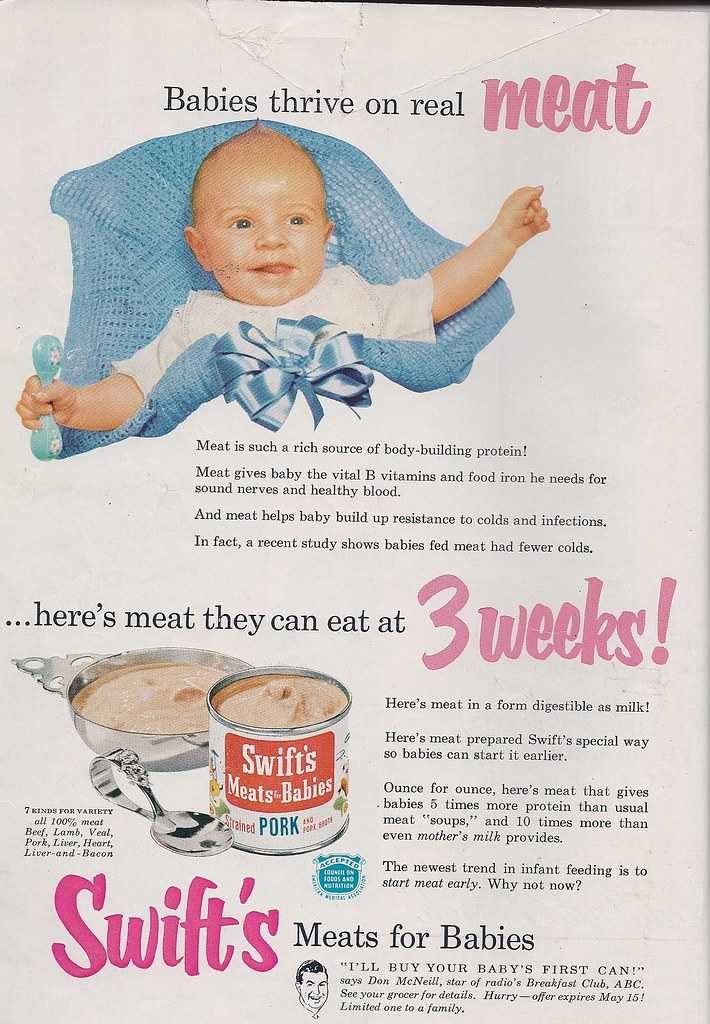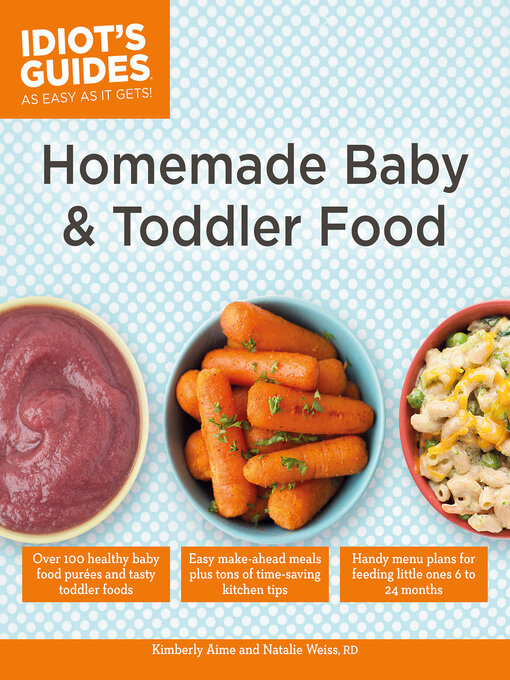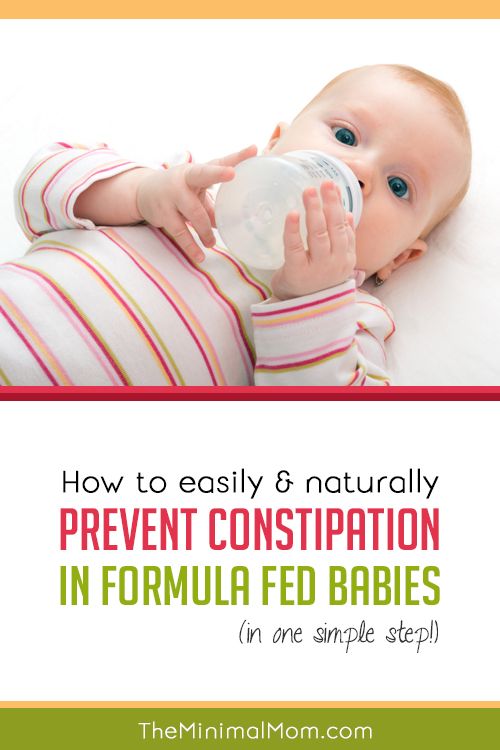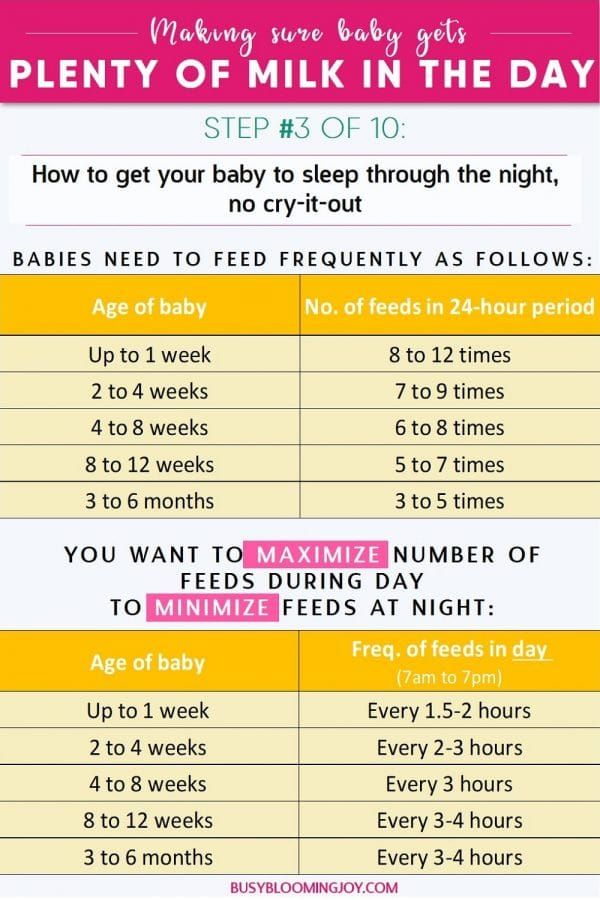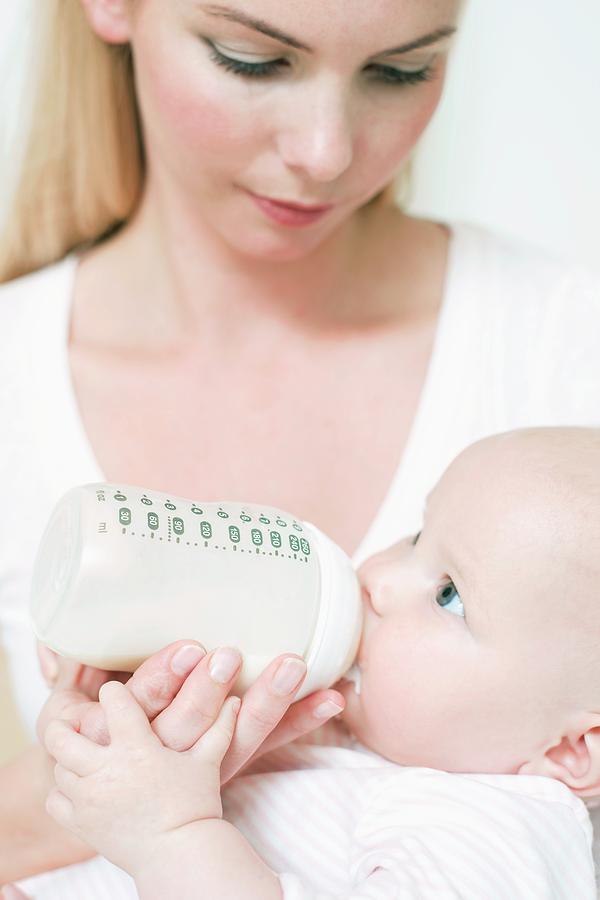8 month old baby milk feeds
What's the best feeding routine at 8 months?
How much milk does your baby need at 8 months?
At 8 months you should continue to breastfeed on demand or offer up to, but no more than, 600ml infant formula in a 24-hour period. Aim for four milk feeds during the day. However, don’t worry if your baby’s milk intake naturally declines as his intake of solid food intake increases.
Best routines at 8 months – for all types of weaning
Routine for a mix of spoon-feeding and finger foods...
By 8 months, you should be aiming to introduce finger foods alongside spoon-fed meals, if you haven’t yet done so
- On waking: Breast or infant formula milk (around 120ml)
- Breakfast: Porridge, chopped banana and kiwi chunks
- Mid-morning: Breast or infant milk (around 120ml)
- Lunchtime: Minced beef with carrots and soft potato wedges
- Mid-afternoon: Breast or infant formula milk (around 120ml)
- Teatime: Scrambled egg with chopped tomatoes and well-cooked green beans
- Bedtime: Breast or infant formula milk (around 120ml)
Routine for babies doing baby led weaning. ..
Your baby should ideally be given the opportunity to eat the same meal at the same time as the rest of the family. You can also give him a spoon so he can attempt to feed himself sloppy foods like yoghurt and porridge
- On waking: Breast or infant formula (around 4oz)
- Breakfast: Porridge with apple and apricot puree with soft toast fingers
- Mid-morning: Breast or infant formula milk (around 4oz)
- Lunchtime: Mediterranean fish stew with soft potato wedges
- Mid-afternoon: Breast or infant formula milk (around 4oz)
- Teatime: Steamed vegetables with cucumber dip
- Bedtime: Breast or infant formula milk (around 4oz)
Mums share their 8 months feeding routines...
"I have 8 month twin girls (7 weeks prem) who have just gone onto 3 meals per day. Here is the routine we have: 8am - Bottle (7oz - normally take about 4oz now though!!) 10am - Breakfast 11am - nap for about an hour 12ish - bottle (7oz) 2ish - lunch either puree or this week have tried them on finger foods, well actually they helped themselves to other lo's when i was out of the room 6pm - Dinner either puree or a jar just moving onto stage 2 jars today 7pm – Bottle and 7. 30-8 Bedtime." sarahncraig
30-8 Bedtime." sarahncraig
"I used to worry myself silly because I hadn’t got my son into any routine. 8 months down the line he is such a happy baby and has fallen into his own little routine and i feel in control. He gets up at around 8ish, has Weetabix for breakfast...maybe has a bottle before his nap at around 10… sleeps until about 12, has lunch...nap again at about 3-4ish and a bottle if he wants it, then gets up at about 5-6ish and has dinner then bath at 7-8, bottle and bed!" VintageRose
"My little one started dropping milk feeds just before 8 months. Once 3 meals at day had been established with snacks during the day, I found that he had dropped his morning feed and his afternoon 3pm feed. I breastfeed and at 8 months he only has 2/3 feeds throughout the day. It doesn't bother me as I know he eats cheese and yogurt during the day." Harjeet
"I've been tempted to feed my 8 month old when he's been waking in the night the past few weeks, but I thought 'No way!'. He’s not needed a night feed since he was 3 months old, so I'm not going to offer him one... even though he'd probably take it if I did. It's not easy, as often the sucking will help them drift back off, but unless you stop offering it, your baby will get into a routine of expecting it." kathp
He’s not needed a night feed since he was 3 months old, so I'm not going to offer him one... even though he'd probably take it if I did. It's not easy, as often the sucking will help them drift back off, but unless you stop offering it, your baby will get into a routine of expecting it." kathp
5 great foods to introduce at 8 months
- White fish such as cod or unsmoked haddock
- Mango
- Lean, tender beef
- Couscous
- Mild cheese
"At 8 months your baby should now be comfortable with having three meals a day, alongside milk feeds," says registered child nutritionist, Charlotte Stirling-Reed. "Make sure that he’s having plenty of variety, including foods from all of the four main food groups (starchy foods, fruit and vegetables, meat, fish and vegetarian alternatives, and dairy foods). Additionally, start encouraging self-feeding by continuing to offer finger foods and introducing cutlery."
What texture is right for 8 months?
At 8 months you should be moving on from purees to mashing food. Use a fork or masher rather than a blender to ensure you have good texture to your baby’s food. Remember to give your baby finger foods alongside the mash.
Use a fork or masher rather than a blender to ensure you have good texture to your baby’s food. Remember to give your baby finger foods alongside the mash.
What to buy this month
A long-sleeved bib – essential for keeping clothes (relatively) clean as your baby begins to eat more independently.
Best feeding schedules for: 6 months | 7 months | 9 months | 10 months | 11 months
Mums who read this, also read...
- Chat to other mums who are weaning
- Why is my weaning baby constipated?
- How do I feed a teething baby?
Feeding Your 8- to 12-Month-Old (for Parents)
By 8 months old, most babies are pros at handling the iron-fortified infant cereals and the puréed foods that are part of their diet, along with breast milk or formula.
Over the next few months, they will start to explore table foods.
Changing Eating Habits
Offer your baby a variety of tastes and textures from all food groups. Start any new food with a trial run (a few days to a week) to look for any allergic reactions. Babies younger than 12 months old should not have:
Start any new food with a trial run (a few days to a week) to look for any allergic reactions. Babies younger than 12 months old should not have:
- honey until after a baby's first birthday. It can cause botulism in babies.
- unpasteurized juice, milk, yogurt, or cheese
- regular cow's milk or soy drinks before 12 months instead of breast milk or formula. It’s OK to offer pasteurized yogurt and cheese.
- foods that may cause choking, such as hot dogs, raw vegetables, grapes, hard cheese, popcorn, and nuts
- foods with added sugars and no-calorie sweeteners
- high-sodium foods
Babies this age are likely showing more interest in table foods. You can fork-mash, cut up, blend, or grind whatever foods the rest of the family eats. To prevent choking, cook table foods a little longer, until very soft, and cut or shred them into small pieces that your baby can handle safely.
Around 9 months old, infant usually can pick food up between their finger and thumb so they can try feeding themselves.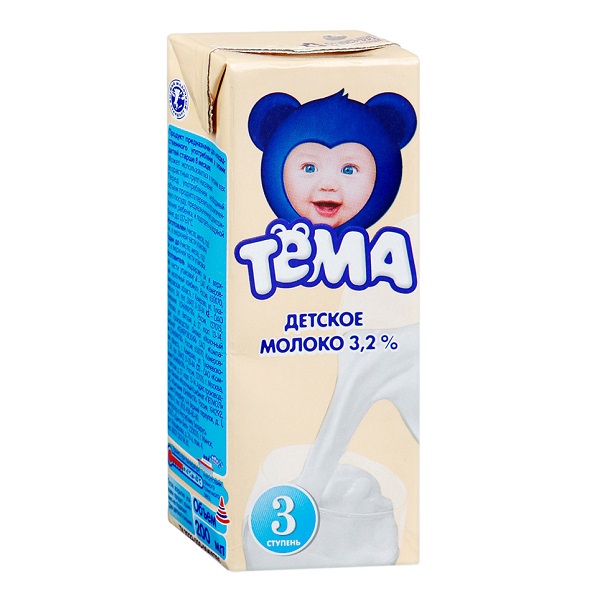
If you haven't already, have your baby join the rest of the family at meals. They enjoy being at the table.
After the first birthday, babies are ready to switch to cow's milk. If you're breastfeeding, you can continue beyond 1 year, if desired. If you decide to stop breastfeeding before your baby's first birthday, give iron-fortified formula. If your baby is over 12 months, give whole milk.
Let your baby keep working on drinking from a cup, but do not give juice to infants younger than 12 months. After 12 months, you can serve whole milk in a cup, which will help with the move from the bottle.
Feeding Safety
Always supervise when your child is eating. Make sure your child sits up in a high chair or other safe place. Don't serve foods that your baby could choke on.
If you're unsure about whether a finger food is safe, ask yourself:
- Does it melt in the mouth? Some dry cereals will melt in the mouth, and so will light and flaky crackers.

- Is it cooked enough so that it mashes easily? Well-cooked vegetables and fruits will mash easily. So will canned fruits and vegetables. (Choose canned foods that don't have added sugar or salt.)
- Is it naturally soft? Cottage cheese, shredded cheese, and small pieces of tofu are soft.
- Can it be gummed? Pieces of ripe banana and well-cooked pasta can be gummed.
Making Meals Work
Keep your baby's personality in mind when feeding your baby. A child who likes a lot of stimulation may enjoy it when you "play airplane" with the spoon to get the food into their mouth. But a more sensitive tot might need the focus kept on eating with few distractions.
If your baby rejects new tastes and textures, serve new foods in small portions and don’t give up. It can take 8-10 tries before a baby accepts a new food.
How Much Should My Baby Eat?
Infant formula and breast milk continue to provide important nutrients for growing infants. But babies will start to drink less as they learn to eat variety of solid foods.
But babies will start to drink less as they learn to eat variety of solid foods.
Watch for signs that your child is hungry or full. Respond to these cues and let your child stop when full. A child who is full may suck with less enthusiasm, stop, or turn away from the breast or the bottle. With solid foods, they may turn away, refuse to open their mouth, or spit the food out.
Let your baby finger feed or hold a spoon while you do the actual feeding. This is good preparation for the toddler years, when kids take charge of feeding themselves. And if you haven't already, set regular meal and snack times.
What is normal breastfeeding? | Interview with Dr. Jacqueline Kent
It can be difficult for new mothers to understand if breastfeeding is going well, so we decided to ask the expert if it is possible to talk about the norms when it comes to breastfeeding.
Share this information
Dr Jacqueline Kent, Research Fellow, Hartmann Human Lactation Research Group:
Jacqueline joined the University of Western Australia research team in 1986 and received her PhD in 1999. She is currently researching the biochemical and physiological aspects of breast milk synthesis and release in search of scientific information to help mothers breastfeed longer.
She is currently researching the biochemical and physiological aspects of breast milk synthesis and release in search of scientific information to help mothers breastfeed longer.
Dr. Jacqueline Kent and her colleagues have been studying breastfeeding for many years. As it turned out, for all mothers and babies, this process occurs in its own way.
What were the most surprising results of your research?
Variety. It turns out that the limits of the norm are extremely wide.
We are used to textbooks that say that an infant should eat 8-12 times a day and gain 150 grams per week. But babies don't read textbooks and do things their own way! Some gain weight more slowly, others very quickly.
We observed infants aged one to six months who were exclusively breastfed. As our studies have shown, on average, a child is breastfed 4 to 13 times a day, and the duration of one feeding varies from 12 minutes to 1 hour. 1
How much milk do breastfed babies usually consume?
According to our research, the volume of milk consumed by baby
ranges from 54 to 234 ml per feeding.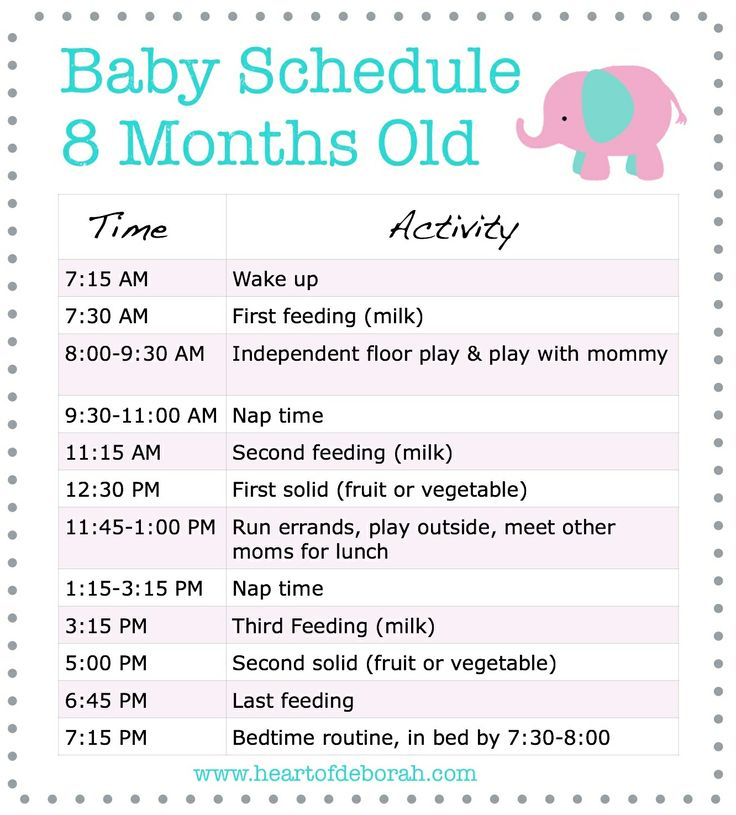 1
1
Sometimes it seems to the mother that the baby ate well, but when weighed, it turns out that he ate very little milk. And it happens the other way around: the child is distracted, breastfeeds for only a few minutes and still eats 100 ml of milk. Even if the baby is restless, this does not mean at all that he is malnourished.
All babies are different, but they all get the amount of milk they need in one way or another. One needs 500 ml of milk per day, while others eat up to 1356 ml!
By the way, boys on average eat 76 ml more milk per day than girls. The main thing is that you have enough milk, and the baby will decide when and how much he will eat.
Should I offer my baby a second breast?
I advise offering the second breast to the baby after the first has been completely emptied. If he accepts it, then he hasn't finished eating. If not, don't worry. Let the baby decide for himself - only he knows when he is full. According to our research, 30% of babies get enough milk from one breast, 13% eat from two breasts at each feed, and 57% from time to time. 1
1
How do you know if a baby is getting enough milk?
In my experience, mothers often blame themselves for not producing enough milk. Ask yourself: Is my child growing? Is he putting on weight? Is he cheerful? Is his skin healthy? How often does he get diapers dirty? If the answer is “yes”, then the baby is getting enough milk, no matter if he eats a lot or a little.
What is the most common misconception about breastfeeding?
Mothers usually think that the older the child gets, the more often
he needs to be fed and the more milk he will eat. They are often surprised to learn that between the 4th and 26th weeks, total milk production normally does not change. 2
In the first few months, the baby grows very quickly and his metabolism is accelerated. The milk that the child consumes during this period is almost completely used for growth and maintenance of metabolism.
Between the ages of three and six months, metabolism slows down and growth slows, so the same amount of milk is sufficient for the baby. In other words, the baby does not have to consume more and more milk as they grow older. On the contrary, feedings become shorter and less frequent, but at the same time the child receives the same amount of milk, because he suckles better.
In other words, the baby does not have to consume more and more milk as they grow older. On the contrary, feedings become shorter and less frequent, but at the same time the child receives the same amount of milk, because he suckles better.
Do studies say anything about the age at which breastfed babies start sleeping through the night?
Most babies need to be fed at night.
A baby's stomach is not large enough to go all night without a feed, and breast milk is digested very quickly. Therefore, it is natural for the baby to wake up at night - and this usually continues for at least the first six months. Feeding at night is normal. When you feed your baby at night, do not even hesitate - all over the world at this moment other mothers of babies of the same age are doing the same. Be patient - it usually only lasts a few months. 1
What worries new mothers the most during the first few weeks of breastfeeding?
The most common concern is whether the baby latch on properly, sucks well, and is full during feeding. Often mothers also worry about sore nipples. The main thing is to find the right position for feeding from the very beginning and ensure that the baby is latching on correctly. Practice shows that this significantly affects the flow of milk and the convenience of feeding.
Often mothers also worry about sore nipples. The main thing is to find the right position for feeding from the very beginning and ensure that the baby is latching on correctly. Practice shows that this significantly affects the flow of milk and the convenience of feeding.
What breastfeeding symptoms should be of concern?
Milk production usually returns to normal levels two weeks after birth. If the child does not begin to gain weight on the fifth or sixth day of life, it's time to sound the alarm. You should contact your doctor to make sure that milk is being produced and that its composition is changing from colostrum to mature breast milk.
What advice would you give to a new breastfeeding mother?
Try to ensure skin-to-skin contact with the baby as soon as possible after delivery. If possible, feed your baby within the first hour of life, or at least breastfeed. As soon as possible, contact a specialist to correct the position and grip of the breast during feeding and thus avoid damage to the nipples.
Feed frequently. Young mothers do not immediately succeed in correctly recognizing the signals that the child gives. Be sure to feed your baby on demand, and not at set intervals. Offer the breast as soon as you notice any signs of hunger - as a rule, the baby suckles better when he is calm. If he cries, it is more difficult for him to take the breast. If you are not sure what the child wants, offer him the breast. He decides whether he wants to eat or not.
To learn more about Dr. Kent's research, download infographic "How to determine the limits of normal when it comes to breastfeeding" or see it below.
Literature
1 Kent JC et al. Volume and frequency of breastfeedings and fat content of breast milk throughout the day. Pediatrics . 2006;117(3): e 387-395. - Kent J.S. et al., "Amount and frequency of breastfeeding and fat content of breast milk during the day." Pediatrix (Pediatrics). 2006;117(3):e387-95.
2006;117(3):e387-95.
2 Kent JC et al. Longitudinal changes in breastfeeding patterns from 1 to 6 months of lactation. Breastfeeding Medicine . 2013;8(4):401-407. - Kent J.S. et al., Longitudinal changes in breastfeeding patterns from 1 to 6 months of lactation. Brest Med. 2013;8(4):401-407.
Diet for an 8-month-old baby
Fish can be introduced into the diet of babies at the ninth month. Along with animal meat, fish is a source of complete protein with a well-balanced composition of amino acids, fat, vitamins B2, B12 and minerals. Compared to meat, fish contains 5 times less connective tissue, due to which it is quickly boiled soft, has a delicate texture after heat treatment and is easier to digest. Fish oil is characterized by a high content of polyunsaturated fatty acids, including the ω-3 class. These substances are necessary for the child to mature the brain, retina, strengthen the cardiovascular and immune systems. Sea fish contains such important trace elements for the child's body as iodine and fluorine. The child should be given 1-2 times a week instead of meat, be sure to monitor how the child tolerates fish in general and its individual varieties. Preference should be given to oceanic fish, preferably white (cod, hake, pollock), red salmon can be recommended, river pike perch, carp.
Sea fish contains such important trace elements for the child's body as iodine and fluorine. The child should be given 1-2 times a week instead of meat, be sure to monitor how the child tolerates fish in general and its individual varieties. Preference should be given to oceanic fish, preferably white (cod, hake, pollock), red salmon can be recommended, river pike perch, carp.
Self-cooked fish is given to a child with boiled and mashed vegetables. You can also offer your baby fish and vegetable canned food, but they contain only 10 - 20% of fish.
At this age, when all the main food groups have already been introduced, special attention should be paid to the diversity of the composition of dishes. New, possibly combined products are introduced, for example, not only purees from various fruits and berries, but also their combinations with cottage cheese, cream, cereals, etc.
From the age of 8 months, the child's diet can be expanded to include fermented milk products (baby kefir, biokefir, bifidokefir, yogurt, bioyogurt, biolact). Fermented milk products are prepared using a special starter culture that breaks down milk protein, so that the baby can get an indispensable set of amino acids in a well-available form. Fermented milk products improve the composition of the intestinal microflora of the child, are rich in B vitamins and calcium. Their regular use favorably affects the functioning of the intestines, stimulates appetite, and increases the absorption of micronutrients. Children's dairy products are introduced into the baby's diet gradually, starting with 1 tsp. and with good tolerance increase their volume to 150-200 ml per day.
Fermented milk products are prepared using a special starter culture that breaks down milk protein, so that the baby can get an indispensable set of amino acids in a well-available form. Fermented milk products improve the composition of the intestinal microflora of the child, are rich in B vitamins and calcium. Their regular use favorably affects the functioning of the intestines, stimulates appetite, and increases the absorption of micronutrients. Children's dairy products are introduced into the baby's diet gradually, starting with 1 tsp. and with good tolerance increase their volume to 150-200 ml per day.
Sample menu for a healthy baby 8 months old
| I feeding 6 hours | Breast milk or infant formula | 200 ml |
| II feeding 10 hours | Dairy-free* or milk porridge Butter Boiled egg yolk Fruit puree Fruit juice | 180 g |


